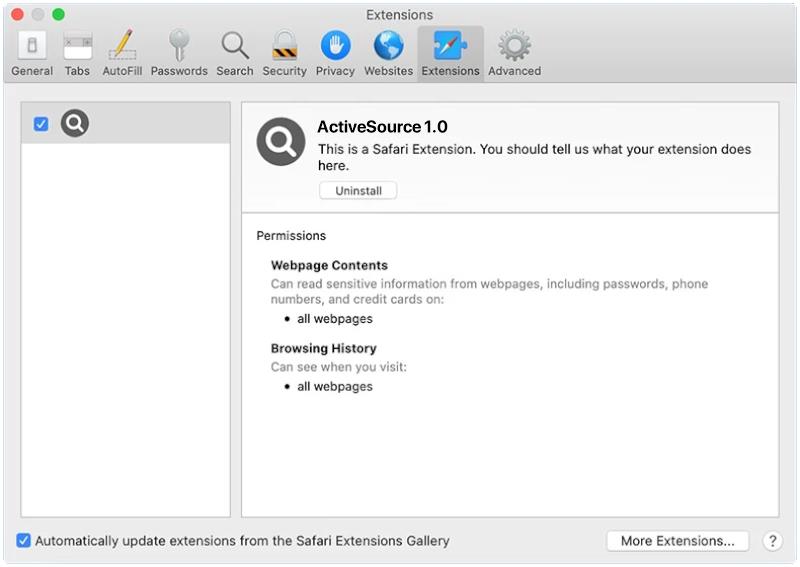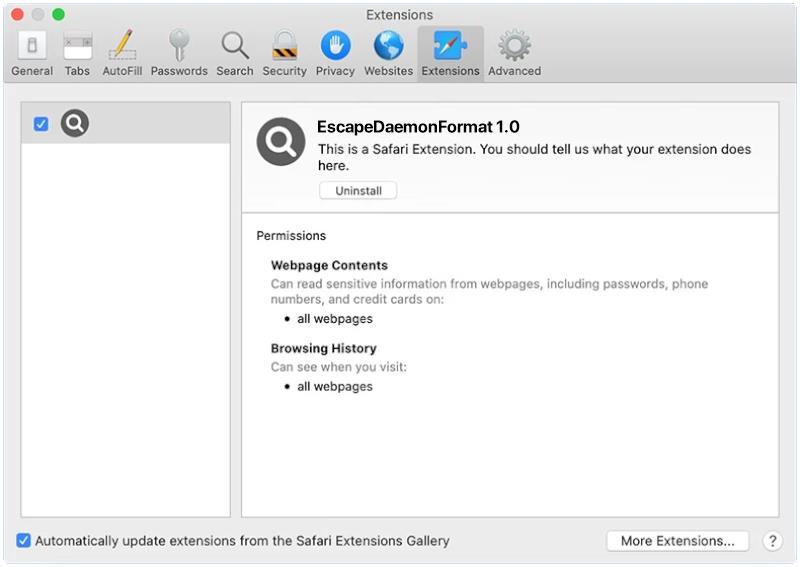CharacterRecord is a type of malware that is designed to infect macOS systems. This malware is typically spread through malicious websites, email attachments, or software downloads. Once installed on a Mac computer, CharacterRecord can perform various malicious activities such as stealing sensitive information, monitoring user activity, and even taking control of the infected system.
CharacterRecord can infect a Mac computer by exploiting vulnerabilities in the operating system or by tricking users into downloading and installing the malware unknowingly. Once installed, the malware can run in the background, making it difficult for users to detect its presence. CharacterRecord can also spread to other devices connected to the infected Mac, putting the entire network at risk of compromise. To protect against CharacterRecord and other malware threats, users should be cautious when downloading software or opening email attachments, and regularly update their operating system and security software.










